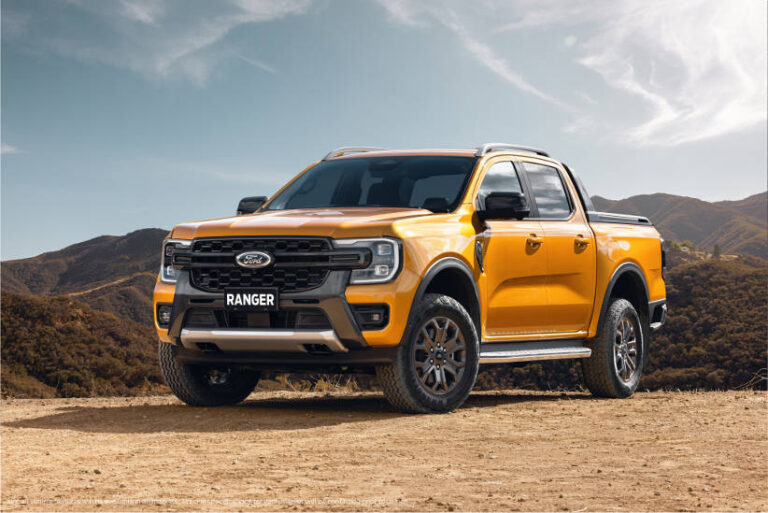It’s going to be hard to reduce transport emissions from the light fleet in Australia when the most popular new car segments are SUVs and Light Commercials. In October, these two segments were 80.1% of all new cars sold. Some of the SUVs were hybrids, and the Tesla Model Y is classified as an SUV, however of the 21,447 Light Commercials sold, only two were electric.
The monthly result released by the FCAI represents a 16.9 per cent increase over the same month last year and brings the year-to-date total to 898,429. However, this increase reflects more on supply issues in October 2021 rather than any substantial market growth in October 2022.
An increase in supply will be good news for Fleet Managers that are watching their fleet vehicles get older every month. Old age comes increased maintenance and servicing costs, more tyres, and more wear and tear that will have an impact the residual value when sold at auction as a well maintained ex-fleet vehicle.
Though amongst all the diesel powered 4X4 utes, there were 2,098 BEVs, 6,6860 hybrids , 464 PHEVs and three hydrogen cars sold. This means 10.8% of the new vehicles sold in October had a battery and an electric powertrain. So far this year, it’s 10.6%.
FCAI Chief Executive Tony Weber said this monthly result was an indication that car companies were making progress on overcoming logistical challenges.
“Globally, car manufacturers have been heavily impacted by the Covid 19 pandemic. This October figure is a positive sign that supply chains are recovering and consistency is returning to the marketplace, but we still have some way to go before it returns to normal,” Mr Weber said.
“It is important to note the continuing, strong preference for SUV and Light Commercial vehicles in Australia. Consumer preference for these vehicles needs to be considered when charting any policy designed to increase the uptake of zero emission vehicles. This is particularly critical given the low availability and high price points of zero and low emission models in these segments,” Mr Weber said.
“We look forward to working with governments to provide practical guidance on how emissions from light vehicles can be reduced within this context,” Mr Weber added.
Toyota led the market with a total of 18,259 vehicles sold. Ford was second with 7,823, followed by Kia (6,380), Mitsubishi (5,982) and Hyundai (5,289).
The top 5 selling vehicles in October 2022 were:
- Ford Ranger – 5,628 (Produces an estimated 2.73 tonnes of CO2 per vehicle, per annum**)
- Toyota HiLux – 4,890 (Produces an estimated 2.63 tonnes of CO2 per vehicle, per annum**)
- Toyota RAV4 – 3,222 (Produces an estimated 1.50 tonnes of CO2 per vehicle, per annum**)
- Mazda’s CX-5 – 2,352 (Produces an estimated 2.21 tonnes of CO2 per vehicle, per annum**)
- MG’s ZS – 2,293 (Produces an estimated 2.20 tonnes of CO2 per vehicle, per annum**. The EV model produces zero CO2)
** The CO2 information is from the Green Vehicle Guide.






